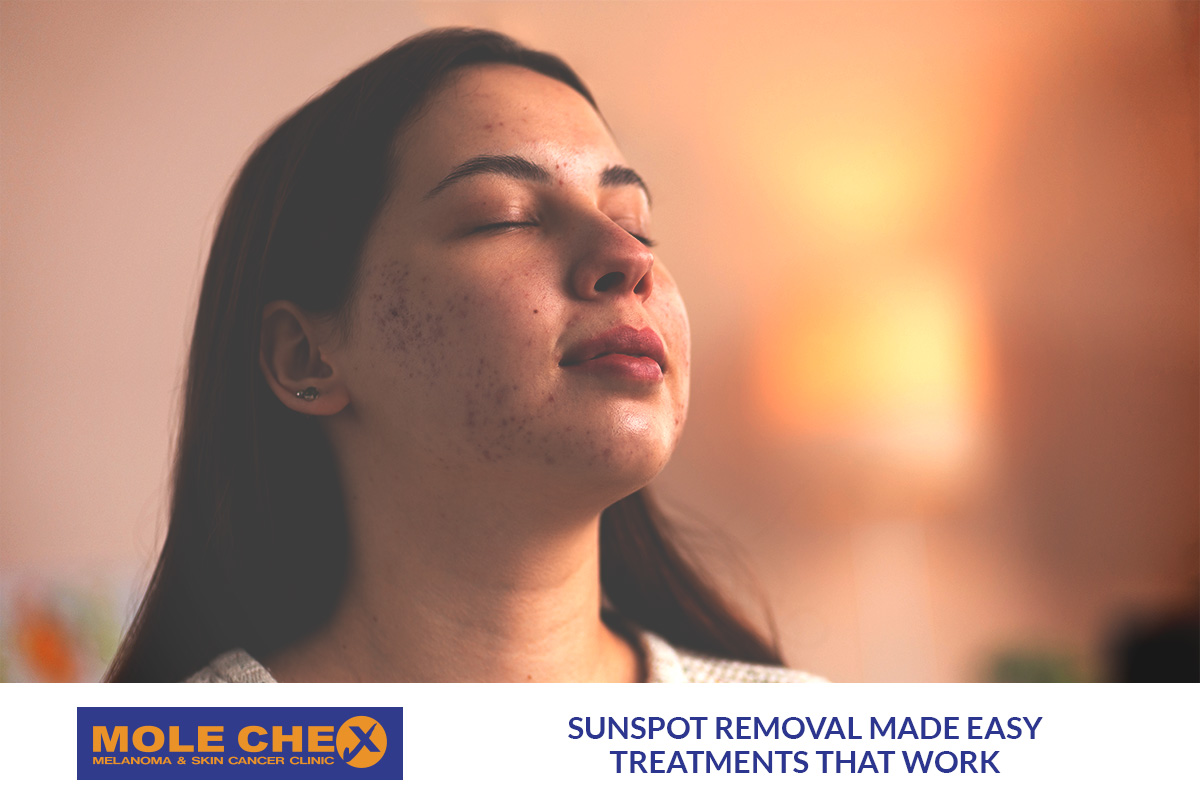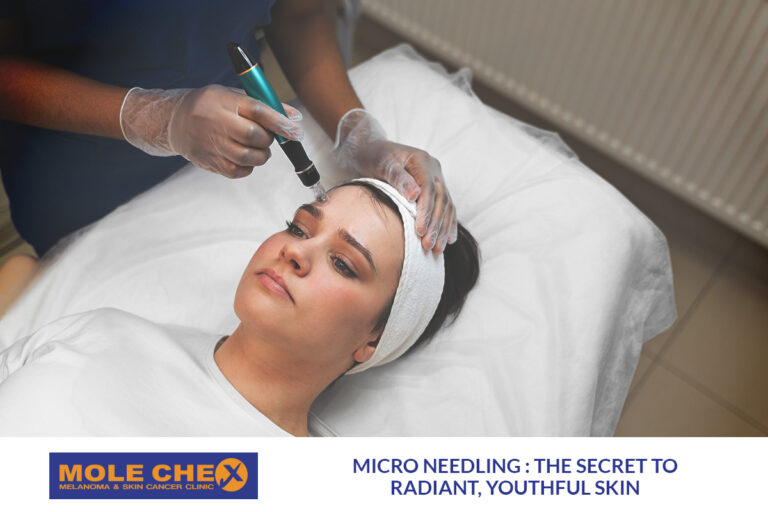Sunspot Removal Made Easy: Treatments That Work

Sunspots, also known as age spots or solar lentigines, are flat, pigmented patches that appear on sun-exposed areas of the skin, such as the face, hands, shoulders and arms. They result from years of exposure to ultraviolet (UV) radiation, which stimulates melanin production and leads to these darkened spots. While harmless, many people seek to sunspot removal treatment to achieve clearer and more youthful-looking skin.
What Are Sunspots?
Sunspots are a common form of hyper pigmentation caused by overexposure to the sun. As UV rays penetrate the skin, they accelerate melanin production, creating darkened areas over time.
Why Do Sunspots Form?
Several factors contribute to sunspot formation:
- Cumulative Sun Exposure: Years of unprotected exposure to UV rays increase the likelihood of developing sunspots.
- Ageing: As you age, your skin’s ability to repair sun damage slows, making sunspots more visible.
- Genetics: Some people are more prone to sunspots due to their genetic makeup.
Although sunspots are benign, it is essential to differentiate them from other types of skin lesions. If you notice new or unusual spots, consult a professional for a thorough evaluation.
Best Treatments for Sunspot Removal
Thanks to advancements in dermatology, several effective treatments can reduce or eliminate sunspots. Here is what you need to know about the top options:
Laser Therapy
Laser therapy is one of the most effective ways to treat sunspots. Concentrated beams of light target the pigmented areas, breaking down melanin so the body can naturally eliminate it.
- How It Works: The laser precisely targets the sunspots without damaging surrounding skin.
- What to Expect: After treatment, the treated areas may appear slightly red or darkened before fading.
- Best For: Those seeking quick, visible results for moderate to severe pigmentation.
Intense Pulsed Light (IPL) Therapy
IPL therapy uses broad-spectrum light to target pigmentation and even out skin tone. It is a non-invasive treatment that works on larger areas of the skin.
- How It Works: The light pulses penetrate the skin and break down melanin clusters.
- What to Expect: You may need multiple sessions for optimal results, but downtime is minimal.
- Best For: Individuals with lighter skin tones and widespread sunspots.
Chemical Peels
Chemical peels use exfoliating solutions to remove the top layer of skin, allowing new, unblemished skin to emerge. They vary in strength, depending on the severity of the sunspots.
- How It Works: A chemical solution exfoliates the skin, promoting cell turnover and revealing fresh skin.
- What to Expect: Mild redness and peeling are common and results improve over a few weeks.
- Best For: Those with mild to moderate sunspots looking to improve overall skin tone and texture.
Cryotherapy
Cryotherapy freezes the pigmented skin cells using liquid nitrogen, which destroys them and allows new skin to grow in their place.
- How It Works: A professional applies liquid nitrogen directly to the sunspots.
- What to Expect: The treated area may scab and peel before revealing lighter skin.
- Best For: Isolated, small sunspots.
Topical Treatments
Topical treatments can gradually fade sunspots over time with consistent use. Look for products containing:
- Retinoids: Boost skin cell turnover to lighten pigmentation.
- Vitamin C: Brightens skin and neutralises free radicals.
- Hydroquinone: Reduces melanin production for a more even skin tone.
- Kojic Acid: Naturally lightens dark spots.
- How It Works: Apply these products daily as part of your skincare routine.
- What to Expect: Visible improvement takes several weeks or months.
- Best For: Mild sunspots and those who prefer non-invasive options.
Microdermabrasion
Microdermabrasion exfoliates the skin using a specialised device, removing the outermost layer to promote the growth of new, healthy skin cells.
- How It Works: A professional uses a fine crystal or diamond tip to gently buff away dead skin cells.
- What to Expect: Minimal downtime with gradual results over multiple sessions.
- Best For: Mild sunspots and those seeking improved skin texture.
How to Prevent Sunspots
While treatment options are effective, preventing sunspots is even better. Follow these tips to protect your skin:
Wear Sunscreen Daily
Apply a broad-spectrum sunscreen with SPF 30 or higher every day. Reapply every two hours, especially after swimming or sweating.
Cover Up
Protective clothing, such as wide-brimmed hats, sunglasses and long sleeves, can shield your skin from harmful UV rays.
Avoid Peak Sun Hours
Stay out of direct sunlight between 10 a.m. and 4 p.m. when UV rays are strongest.
Adopt a Skincare Routine
Use antioxidants like vitamin C and E in your daily skincare routine to repair and protect your skin from UV damage.
When to Consult a Professional
If you notice new or changing spots, consult a dermatologist. While sunspots are harmless, it is important to rule out skin cancer or other serious conditions.
Why Choose Molechex for Sunspot Removal?
At Molechex, we specialise in personalised skin care and offer a variety of treatments to address sunspots effectively. Our experienced team uses advanced technology to assess and treat pigmentation, ensuring you achieve the best possible results. Whether you are considering laser therapy, chemical peels, or topical solutions, we will help you choose the right option for your skin.
Final Thoughts Sunspots are a common result of sun exposure, but they do not have to be permanent. From laser therapy to topical treatments, there are effective options to reduce or eliminate sunspots based on your preferences and skin type. Prevention remains the best approach, so remember to protect your skin daily with sunscreen and other sun-smart habits.
Learn more by reading other articles :



